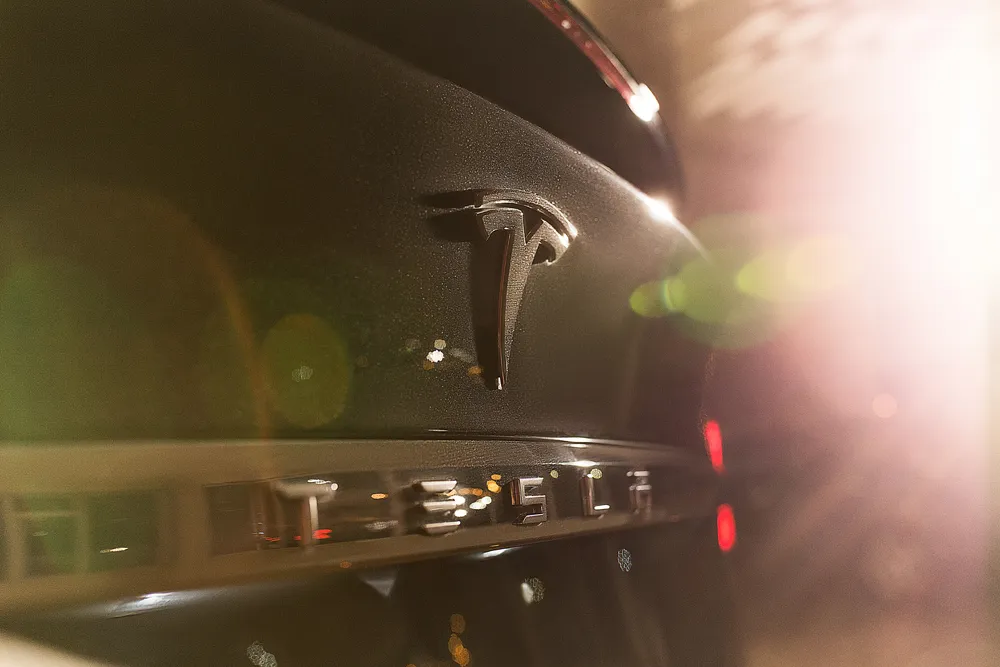By David Crawford
November 25, 2020
Read time: 1 min

A certain EV maker’s entry into the insurance market highlights a broader trend to use telematics and other data to drive benefits. But what benefits?








